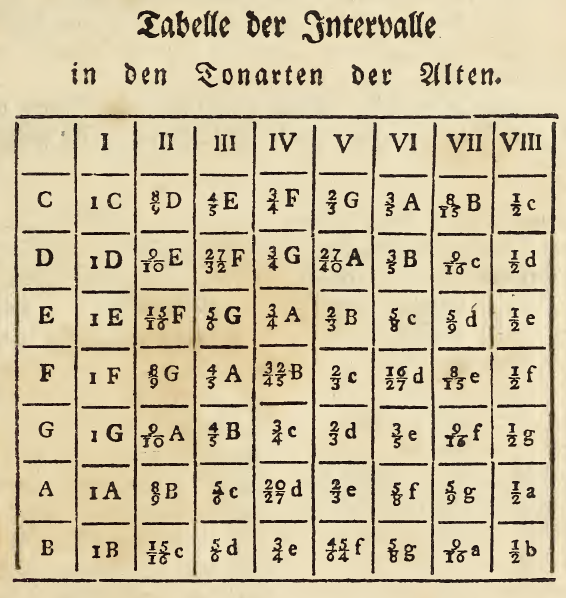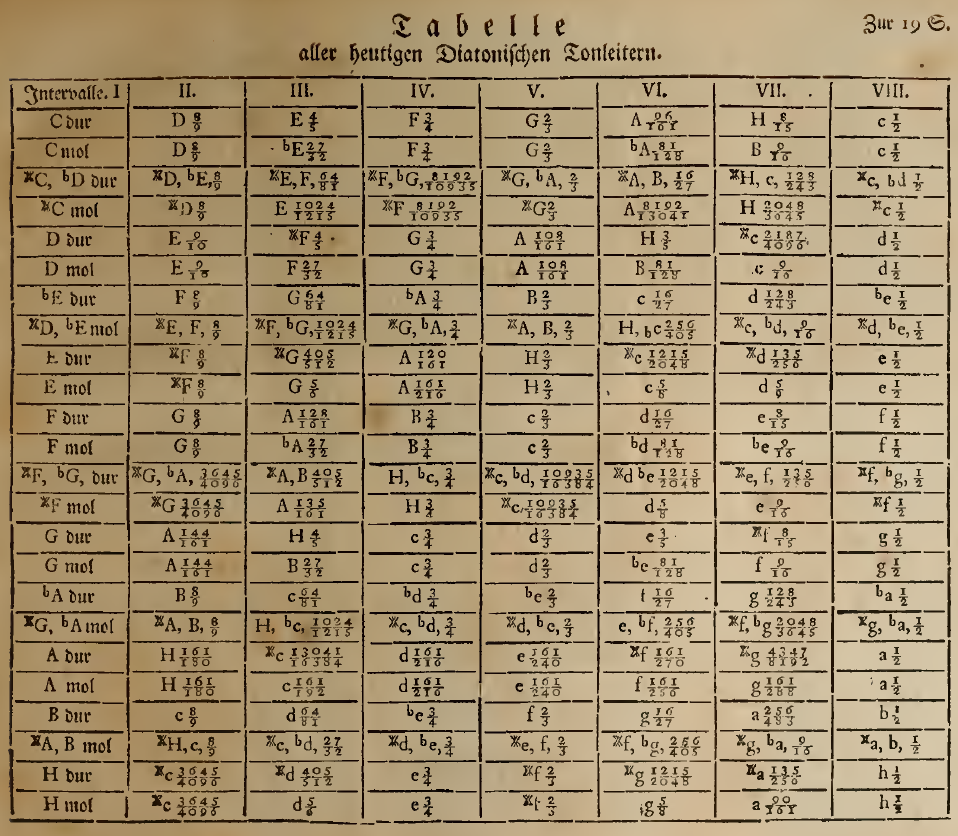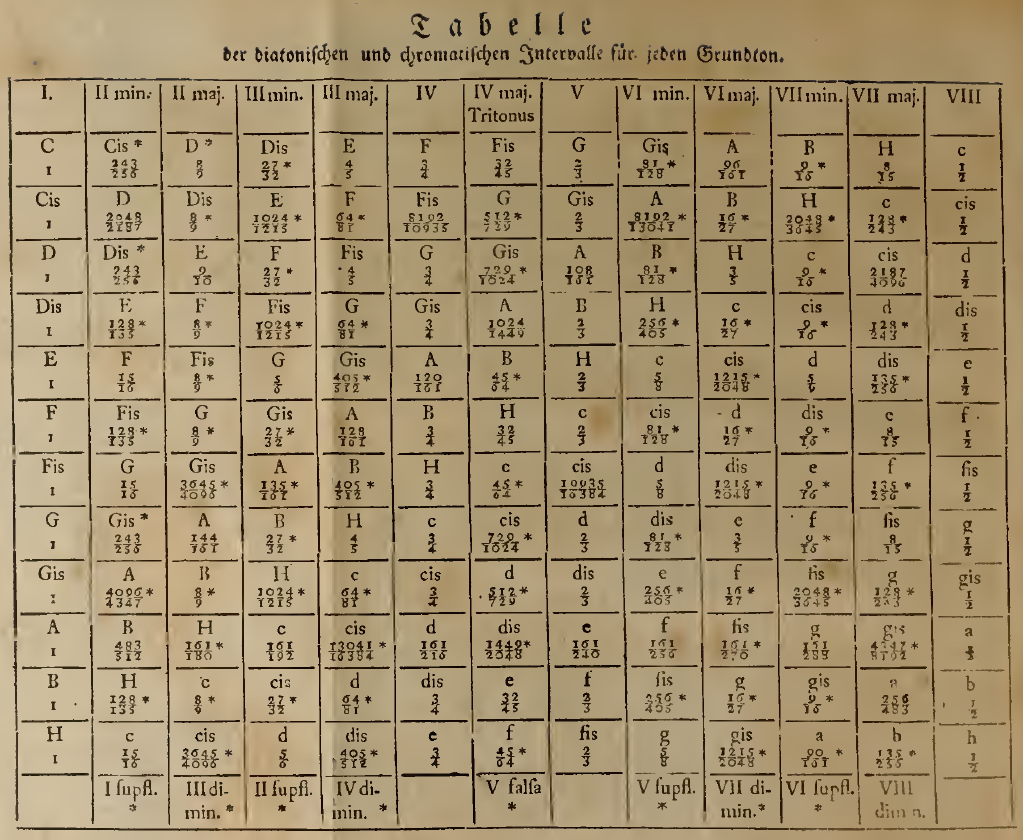In the first volume of his Die Kunst des reinen Satzes in der Musik (Berlin and Königsberg, Decker und Hartung, 1774), Johann Philipp Kirnberger makes uses of Roman numerals in several tables. It is often not clear, however, whether he uses them to describe intervals or (fundamental) scale degrees.
On p. 15, for instance, he describes the intervals “in the tonalities of the Ancients” (the intervals appear to be string length ratios in just intonation), using Roman numerals to name the degrees or the intervals:

Two tables appended to p. 19 show, the first, the same intervals in the “modern diatonic scales,” showing 24 major and minor scales, again apparently in just intonation, may describe degrees or intervals:

The second, however, more clearly denotes intervals, as evidenced by the mentions “II min.,” “II maj.,” “III min.,” “III maj.,” etc., obviously meaning minor and major 2ds, 3ds, etc.

Other usages of the Roman numerals in the book (e.g. pp. 106, 125) are not clearer.
Emanuel Aloysius Förster makes use of Roman numerals in his Anleitung zum Generalbass (Leipzig, [1804]), p. 22, but obviously to denote the real bass:

The letter k denotes the “characteristic chord,” here the dominant 7th in its four inversions (on II, IV, V and VII); e is for the “enharmonic chord,” which exists only in minor and of which some or all degrees can be taken enharmonically: here the diminished 7th in its four invertion (on II, IV, VI and VII); and ü is for the “equivocal (zweideutig) chord” in major, the minor seventh expressed by VI6. In his Practische Beyspiele als Fortsetzung zu seiner Anleitung des Generalbasses, Wien, Artaria, 1818, Förster uses Arabic numerals to denote the real bass.
N. Meeùs
